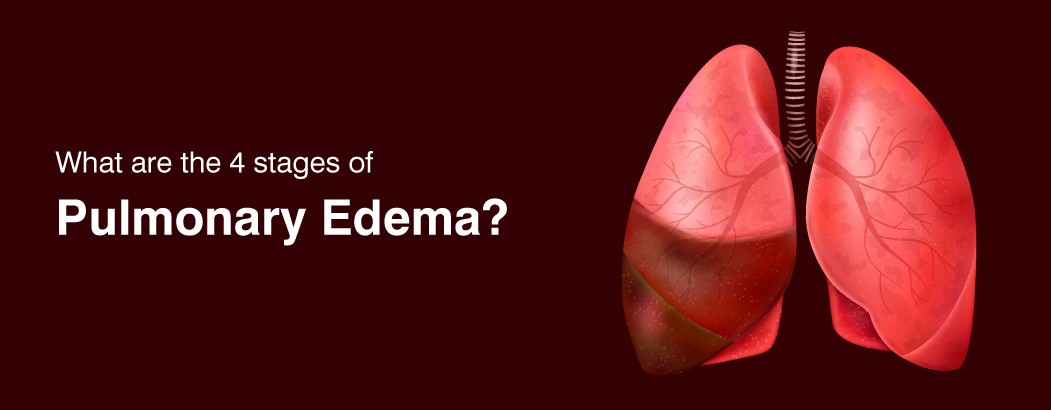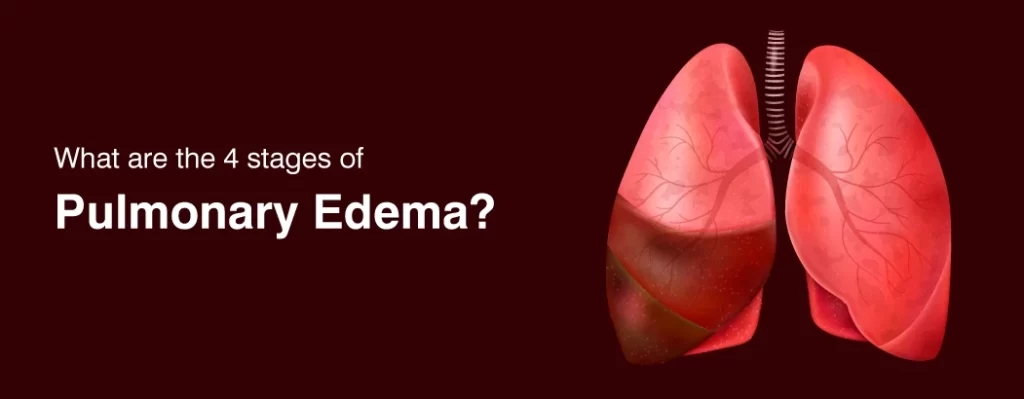
Symptoms Of Pulmonary Edema
Pulmonary edema, is extra fluid in the lungs and causes various symptoms,
Rapid Breathing too quickly, as if you are struggling to get enough air, is a dangerous symptom.
Breathing Difficulty: Finding it difficult to catch your breath, especially when at rest, is a clear symptom.
Coughing on a regular basis, especially if your phlegm is pink or frothy, might be cause for concern.
Swelling: Check your legs and ankles for puffiness caused by fluid buildup.
Anxiety or Restlessness: Pulmonary edema might be accompanied by feelings of restlessness or anxiety.
Bluish Skin: Blue skin or lips are a serious warning indication.
Chest discomfort: You may feel chest discomfort or a heavy sensation in your chest.
Fatigue: Excessive weariness is prevalent, even with limited exercise.
Confusion: Your ideas may be jumbled.
The seriousness of these symptoms can vary, but prompt medical attention is crucial if you experience them, especially if chest pain is involved. Identifying and addressing the cause early can make a huge difference in treatment.
Causes Of Pulmonary Edema
When you have pulmonary edema, excess fluid fills your lungs. It happens when the heart cannot pump blood well.
Heart problems
A pulmonary oedema is heart problems, like heart attacks or valve issues. This increases the pressure in heart vessels, causing fluid leak into the lungs. When the heart cannot pump blood well, it backs up into the lungs, causing fluid buildup, which is called pulmonary oedema.
Kidney Problems
Healthy kidneys manage body fluid balance. Kidney issues, like acute kidney injury or chronic kidney disease, disrupt this balance. Excess fluid builds up, reaching the lungs and causing pulmonary edema.
Infections and Sepsis
Infections, such as pneumonia, can induce pulmonary edema by inflaming the lungs. Sepsis, a severe infection reaction, can result in lung inflammation and fluid buildup.
Medications and Toxins
Certain chemotherapy drugs may cause fluid retention and oedema. Exposure to toxins or inhaling harmful chemicals can irritate the lungs and lead to fluid buildup.
High Altitude
Altitude-related issues like high-altitude pulmonary oedema (HAPE) can happen when people go quickly to high altitudes with lower air pressure. This attitude shift can impact the lungs’ oxygenation of the blood, causing fluid buildup. HAPE is a severe condition needing prompt medical care.
Lung Conditions
Lung problems like acute respiratory distress syndrome and chronic conditions such as chronic obstructive pulmonary disease can cause pulmonary oedema. ARDS involves severe lung inflammation and fluid leakage, while COPD can hinder lung function, raising the risk of fluid buildup.
Trauma and Injury
In chest trauma or injury, lung blood vessels can get damaged, causing pulmonary oedema. It can result from accidents, falls, or medical procedures.
Fluid Overload
The body may experience fluid overload in specific circumstances, such as during medical operations that require administering enormous amounts of fluid. Pulmonary edema can happen when the body’s capacity to handle and eliminate extra fluid is surpassed.
Neurological Conditions
Neurological issues like stroke or head trauma can affect breathing control, indirectly leading to lung fluid buildup.
Diagnosis of Pulmonary Edema
Doctors ask about symptoms and do physical checks.
Chest X-rays show lung fluid.
Blood tests check heart-related issues.
ABG tests measure oxygen and carbon dioxide.
Echocardiograms look at heart function.
Sometimes, a catheter measures heart and lung pressures.
CT or MRI scans provide more information.
Monitoring vital signs like blood pressure is crucial.
These simple points help doctors find the cause and severity of pulmonary edema for the right treatment.
Treatment
Typical methods of pulmonary edema treatment include:
In oxygen treatment, more oxygen is administered to raise blood oxygen levels and facilitate breathing.
Positive Pressure Ventilation: A ventilator and mechanical ventilation may be required in dire situations.
treating the underlying causes of edema, such as renal problems, allergies, infections, or cardiac disorders.
Dialysis: In cases of kidney-related edema, dialysis helps to remove waste and extra fluid.
Controlling risk factors including obesity, diabetes, or hypertension through lifestyle changes can help prevent recurrence.
Monitoring: While undergoing treatment, continuously monitor oxygen levels and other vital signs.
Swift medical attention is crucial for life-threatening pulmonary edema, with treatment tailored to the underlying cause for better outcomes and reduced complications.
Prevention
Pulmonary edema, with lung fluid buildup, can be dangerous. Swift treatment is vital, but preventing it matters too. We’ll explore ways to protect lung health and lower the risk of pulmonary edema.
Manage Underlying Medical Conditions:
Manage underlying medical issues to prevent pulmonary edema. Conditions like heart failure, kidney disease, and lung problems raise the risk. Follow your healthcare provider’s treatment plan to reduce fluid buildup in your lungs.
Maintain a Healthy Heart:
Heart health is key in preventing pulmonary edema. Eat heart healthy foods, exercise frequently and address conditions like diabetes and high blood pressure. This prevents lung fluid buildup and maintains a healthy heart.
Avoid Excessive Alcohol and Drug Use:
Alcohol and some drugs can cause accidents and injuries, raising pulmonary edema and risk. Substance abuse may also lead to heart issues indirectly linked to edema. Reducing alcohol and avoiding drugs helps protect your lungs.
Monitor Medications:
Certain medications can affect lung function or fluid retention. Follow your healthcare provider’s advice, report unusual symptoms, and discuss concerns about medications with them.
Stay Hydrated and Avoid Overhydration:
While adequate water is important, excessive drinking can upset the electrolyte balance and possibly result in pulmonary edema. To reduce this risk, drink the recommended amount of water for your needs and exercise.
Prevent Infections:
Pulmonary edema risk can increase the respiratory problem. Reduce the risk of infection by practicing excellent hygiene, getting immunizations, and avoiding close contact with the sick. Follow your doctor’s recommendations for immediate treatment if you are infected.
Regular Medical Check-ups:
Regular medical exams enable medical professionals to keep track of your general health and spot any underlying disorders that can make you more susceptible to pulmonary edema. Early detection and prevention can be aided by routine screenings like blood pressure checks, renal function testing, and heart examinations.
Maintain a Healthy Lifestyle:
A healthy lifestyle incorporating a balanced diet, regular exercise, stress reduction, and enough sleep can improve general well-being and reduce the risk of illnesses that could cause pulmonary edema. Your lung health can be positively impacted, and the likelihood of fluid buildup can be decreased, by taking a holistic approach to health.
Pulmonary edema risk can be considerably decreased by taking proactive steps to safeguard lung health and control underlying problems. You can lessen your risk of having this relief by adhering to these preventive measures and leading a healthy lifestyle. For individualized guidance catered to your unique medical requirements, speak with a healthcare expert.

